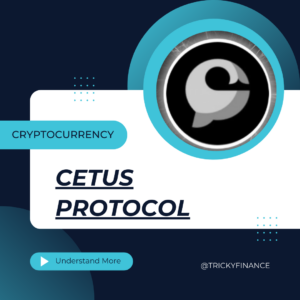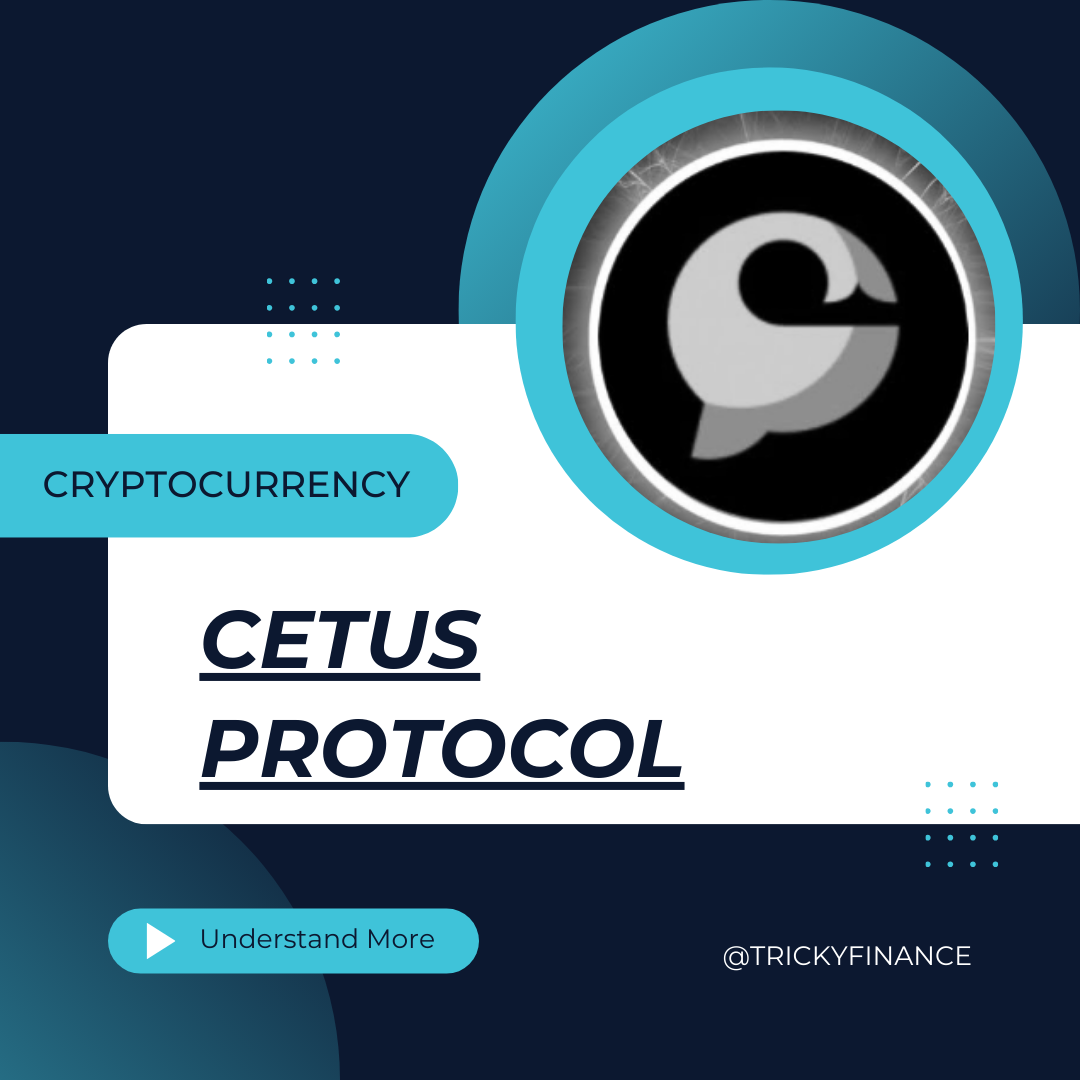In the world of decentralized finance (DeFi), innovation is the key to unlocking new possibilities and reshaping the financial landscape. Among the pioneers leading this charge is Cetus Protocol, a decentralized exchange and concentrated liquidity protocol designed to facilitate seamless trading between various assets. In this article, we delve into the intricacies of Cetus Protocol, exploring its unique features, its underlying technology, and its pivotal role in revolutionizing liquidity provision within the DeFi ecosystem.

Understanding Cetus Protocol
Cetus Protocol introduces a groundbreaking concept known as concentrated liquidity, a departure from traditional automated market maker (AMM) protocols. This innovative approach empowers liquidity providers to strategically allocate their assets within custom price ranges, minimizing the underutilization of liquidity often observed in conventional AMM pools. By concentrating liquidity where trading activity is most prominent, Cetus enhances efficiency and maximizes fee generation for liquidity providers.
Built upon the Sui and Aptos blockchains, Cetus Protocol leverages the strengths of these platforms to offer unparalleled speed, throughput, and interoperability. Sui, a permissionless Proof-of-Stake Layer 1 blockchain, provides instant settlement and high throughput capabilities, catering to the demands of latency-sensitive decentralized applications. Meanwhile, Aptos, with its modular architecture, facilitates high transaction throughput and quick time to finality, laying a robust foundation for Cetus’s infrastructure.
Key Features of Cetus Protocol
- Permissionless Operation: Cetus operates on a permissionless standard, enabling users and applications to utilize its protocols for their own use cases at any time. This open-access approach fosters innovation and inclusivity within the ecosystem, allowing developers to build upon Cetus’s infrastructure without constraints.
- Programmable Liquidity: Leveraging the Concentrated Liquidity Market Maker (CLMM) framework, Cetus enables users to create highly-customizable liquidity pools. Traders can execute complex trading strategies akin to those achievable on centralized exchanges, enhancing liquidity efficiency and market depth.
- Composability: Cetus embraces the concept of “Liquidity As A Service,” emphasizing ease of integration for developers and applications. This seamless access to liquidity enables the development of innovative products such as liquidity vaults, derivatives, and leveraged farming, fostering a vibrant ecosystem of interconnected DeFi protocols.
- Sustainability: Cetus adopts a double-token model fueled by CETUS and xCETUS, creating a dynamic incentivization mechanism sustained by protocol earnings. This long-term approach ensures fair compensation for active participants in the ecosystem, driving continued growth and innovation.
The Role of Cetus Protocol in DeFi
As a pioneer DEX and concentrated liquidity protocol, Cetus plays a pivotal role in advancing the principles of DeFi. By providing a robust and flexible liquidity network, Cetus simplifies trading for users and assets, democratizing access to financial markets. Its concentrated liquidity model addresses the inefficiencies of traditional AMM protocols, unlocking new opportunities for efficient and seamless trading experiences.
Furthermore, Cetus Protocol’s emphasis on interoperability and ease of integration positions it as a fundamental building block of DeFi infrastructure. Developers and applications can leverage its liquidity to create innovative financial products, expanding the scope and utility of decentralized finance.
Conclusion: Embracing the Future of Finance with Cetus Protocol
In conclusion, Cetus Protocol stands at the forefront of innovation in the rapidly evolving landscape of decentralized finance. Through its permissionless operation, programmable liquidity, composability, and sustainability, Cetus Protocol sets new standards for efficiency and inclusivity within the DeFi ecosystem. As the crypto market continues to evolve, Cetus Protocol remains committed to driving the transformation of decentralized finance and empowering users worldwide to unlock the full potential of digital assets.
Read more:
Sui Blockchain’s Innovation Ecosystem and Trailblazing Projects
Learn more on How to Mint Suinft NFTs on a Blockchain
OmniBTC: Empowering Cross-Chain Finance for DeFi Expansion
Princy Agarwal, a postgraduate in English from Delhi University, writes content for Tricky Finance, where they simplify complex financial topics for readers. With a knack for clear communication, Princy’s work helps make finance understandable and accessible to all.




